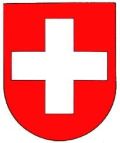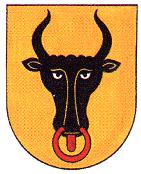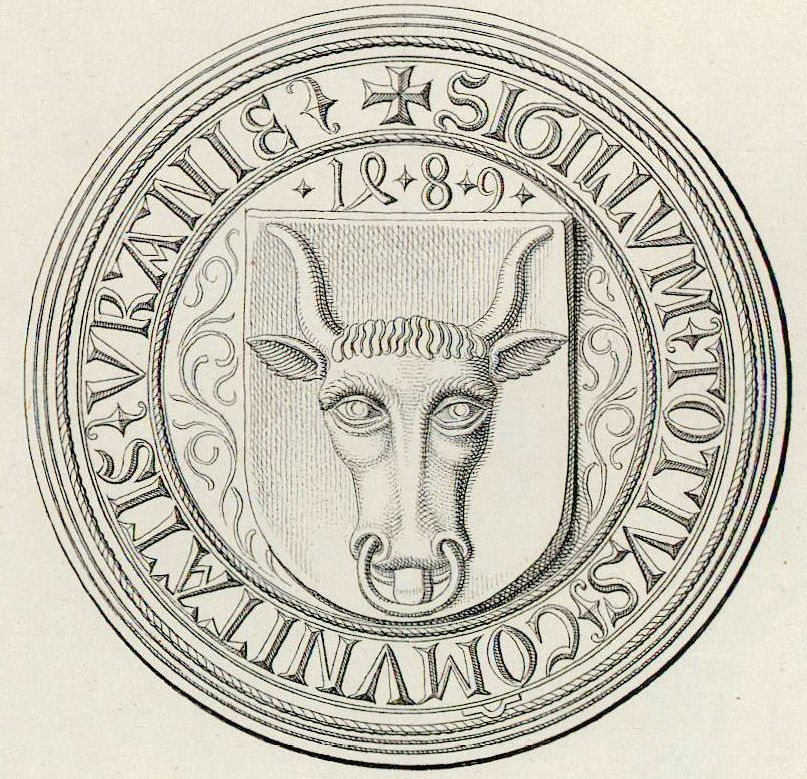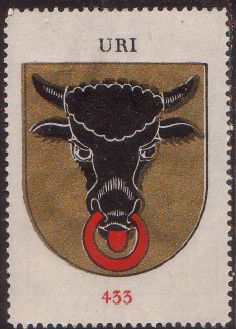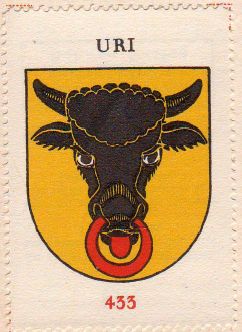Uri: Difference between revisions
Jump to navigation
Jump to search
Knorrepoes (talk | contribs) m (Text replacement - ".hagch.jpg|center]]" to ".hagch.jpg|center|Wappen von/Blason de {{PAGENAME}}]]") |
Knorrepoes (talk | contribs) m (Text replacement - "====Official blazon==== ====Origin/meaning====" to "===Official blazon=== ===Origin/meaning===") |
||
| Line 6: | Line 6: | ||
[[File:uri.jpg|center|Wappen von {{PAGENAME}}]] | [[File:uri.jpg|center|Wappen von {{PAGENAME}}]] | ||
===Official blazon=== | |||
===Origin/meaning=== | |||
The arms of Uri date from the early 13<sup>th</sup> century. The oldest known seal dates from 1249, but is probably older. It shows already a bull's head with a ring. | The arms of Uri date from the early 13<sup>th</sup> century. The oldest known seal dates from 1249, but is probably older. It shows already a bull's head with a ring. | ||
Revision as of 15:56, 22 June 2017
Swiss heraldry portal
This page is part of the Swiss heraldry portal |
Heraldry of the World |
|
Swiss civic heraldry:
|
Other heraldry: |
URI
Official blazon
Origin/meaning
The arms of Uri date from the early 13th century. The oldest known seal dates from 1249, but is probably older. It shows already a bull's head with a ring.
| The seal from 1249 |
Seal of Uri used from 1489-1548 |
The bull was probably a canting symbol. The oldest Germanic tribes to settle in the area named the area Ur (wilderness). The land was inhabited by a kind of bulls, known as Urochs (Bos primigenus), the ancestor of our present cows.
The arms of the canton thus have basically not changed since.
| |
Variations of the arms in the Kaffee Hag albums 1914-1960 |
|
Contact and Support
Partners:
Your logo here ?
Contact us
© since 1995, Heraldry of the World, Ralf Hartemink 
Index of the site
Literature : Mühlmann, L. : Wappen und Fahnen der Schweiz, Bühler Verlag, Lengnau, 1977 and 1997.
